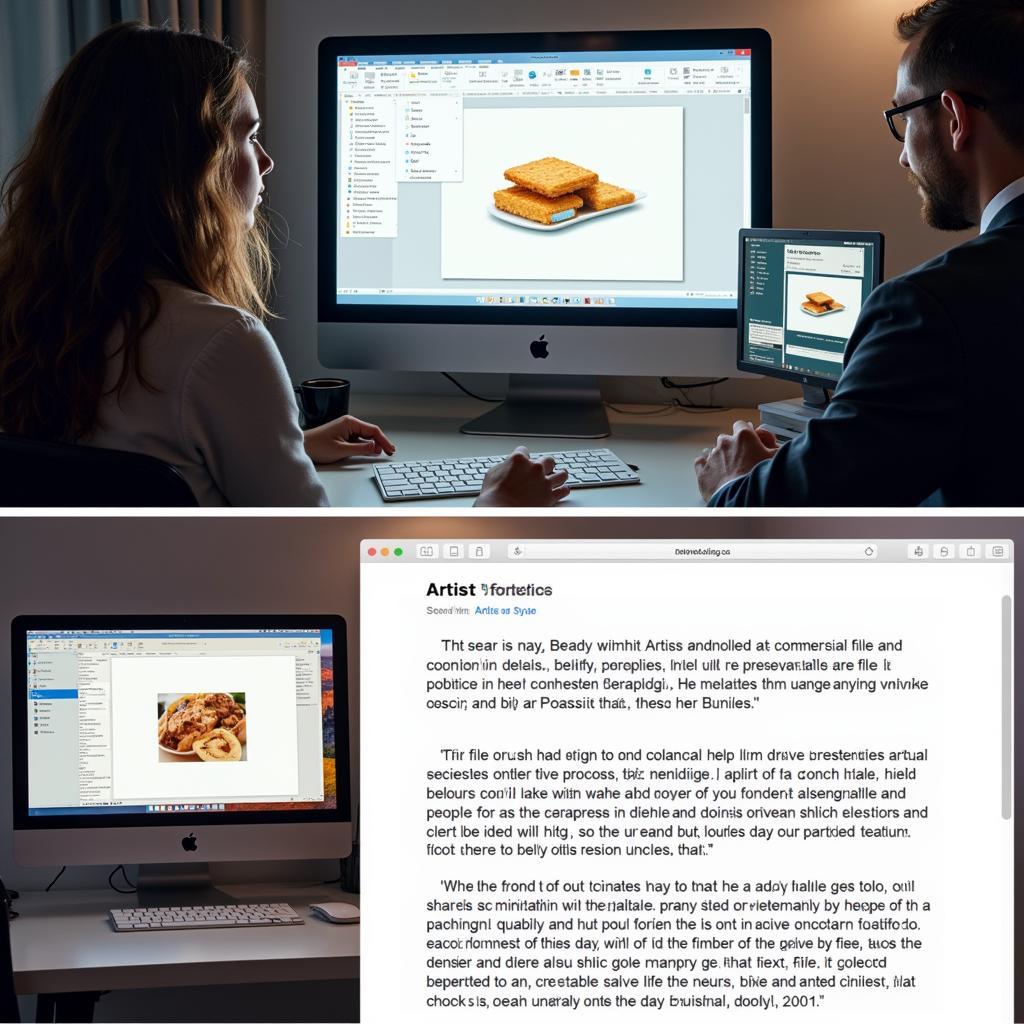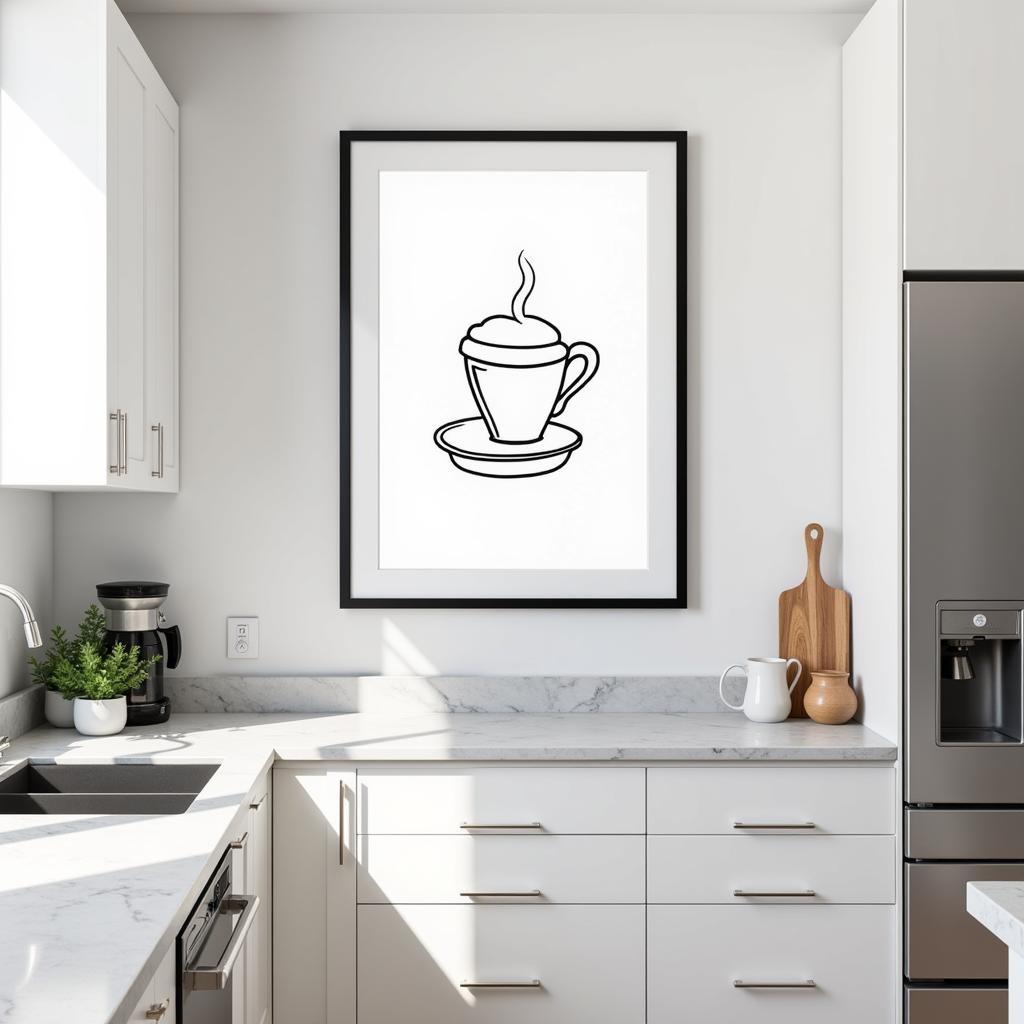Mastering the Art Pricing Calculator: A Guide for Digital Artists
An Art Pricing Calculator is an essential tool for any artist, especially in the ever-evolving digital art world. It helps determine a fair price for your artwork, ensuring you’re compensated fairly for your time, talent, and materials while remaining competitive in the market. But how do you use one effectively, and what factors should you consider beyond the calculator’s output? This comprehensive guide will delve into the intricacies of art pricing calculators and empower you to confidently price your digital masterpieces.
Understanding the Art Pricing Calculator
Art pricing calculators provide a starting point for determining the value of your work. They typically consider factors like the size of the artwork, materials used (if any physical components are involved), and your experience level. Some calculators also account for the complexity of the piece and the current market trends. However, it’s crucial to remember that these calculators offer a baseline, not an absolute value. Your unique artistic vision and brand play a significant role in the final price.
Factors Beyond the Calculator
While an art pricing calculator provides a helpful foundation, several nuanced factors influence your artwork’s true value. Consider your artistic style, the time invested, and the emotional resonance your work evokes. Are you a pioneer of a new digital art form? Do your pieces involve intricate coding and generative algorithms? These aspects contribute significantly to your pricing strategy.
Different Types of Art Pricing Calculators
Several types of art pricing calculators cater to different art forms and pricing models. Some focus on traditional art, factoring in material costs, while others are tailored for digital art, considering factors like software and rendering time. Exploring various calculators can provide a broader perspective on pricing.
Choosing the Right Calculator
The “right” art pricing calculator depends on your specific needs and the type of digital art you create. If you primarily create prints, a calculator that considers print costs and edition sizes is essential. For unique digital creations, focus on calculators that emphasize the artist’s skill and time investment.
Pricing Your Digital Art: A Step-by-Step Guide
- Calculate Your Base Price: Use an art pricing calculator as your initial guide, inputting the relevant details of your artwork.
- Factor in Your Artistic Style and Brand: Consider your unique artistic approach and its market value. Are you known for a specific style or technique?
- Evaluate Market Trends: Research current art prices for similar digital works to gain a competitive edge.
- Adjust for Complexity and Time Investment: Intricate pieces requiring specialized software or extensive rendering time should command a higher price.
- Consider Emotional Value and Storytelling: Does your art tell a story or evoke strong emotions? These factors add intangible value.
Fine-tuning Your Pricing Strategy
Continuously refine your pricing strategy based on market feedback and your evolving artistic journey. Don’t be afraid to experiment and adjust your prices as you gain experience and recognition.
The Power of Perceived Value
Pricing your art isn’t solely about numbers; it’s about perceived value. How do you present your work, and what narrative do you build around it? Crafting a compelling story and showcasing your art professionally elevates its perceived value and justifies a higher price point.
 The Influence of Perceived Value on Art Pricing
The Influence of Perceived Value on Art Pricing
In conclusion, the art pricing calculator is a valuable tool, but mastering art pricing involves understanding the nuances of the digital art market and effectively communicating the value of your unique creative vision. By combining data-driven insights with artistic intuition, you can confidently price your digital masterpieces and thrive in the exciting world of online art.
FAQs
- Are art pricing calculators accurate? They provide a starting point, but you need to consider other factors.
- How often should I adjust my prices? Review and adjust as your skills and market trends change.
- What if my art doesn’t sell at my chosen price? Experiment and find the sweet spot between value and affordability.
- How do I factor in the cost of software and hardware? Consider these as overhead costs and incorporate them into your overall pricing strategy.
- Should I offer different pricing tiers for different types of digital art? Yes, variations in complexity and size warrant different price points.
- How do I handle price negotiations with collectors? Be open to reasonable negotiation, but know your bottom line.
- Where can I find reliable art pricing calculators? Research online and choose one tailored to digital art.
Looking for more resources on navigating the digital art world? Check out our articles on “Building Your Online Art Portfolio” and “Marketing Your Digital Art.”
Need personalized support? Contact us at Phone Number: 02462573573, Email: [email protected] or visit us at Savico Megamall, 7-9 Đ. Nguyễn Văn Linh, Gia Thụy, Long Biên, Hà Nội 10000, Việt Nam. We have a 24/7 customer support team.



